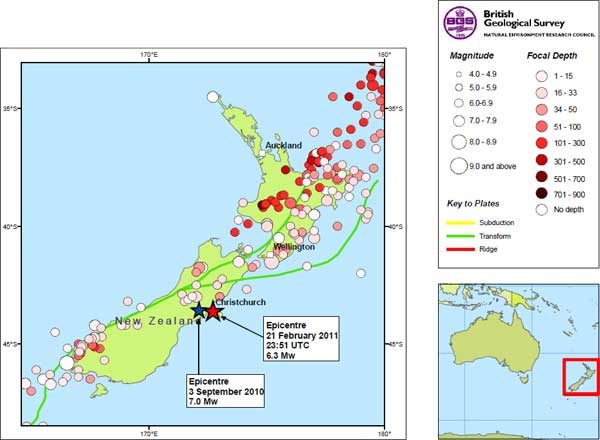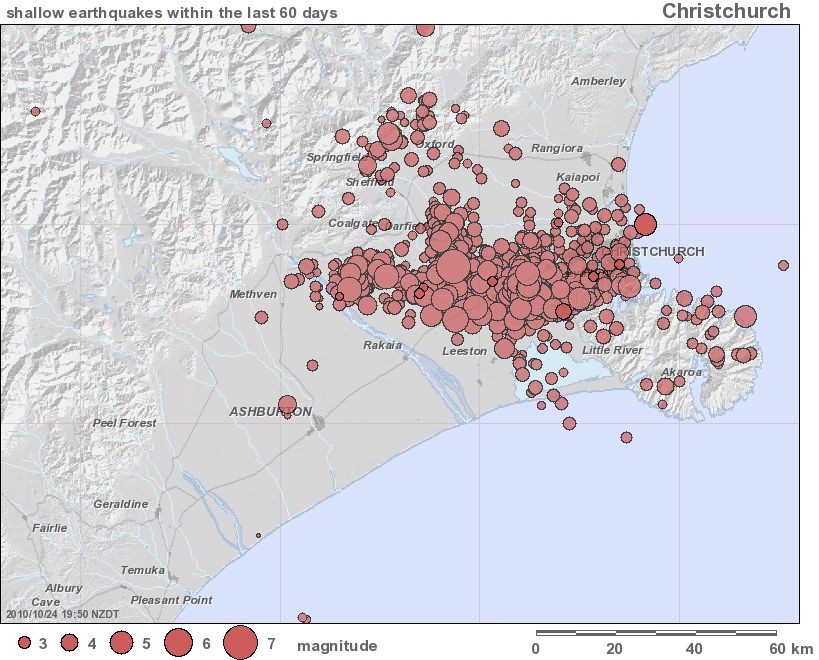
The authors found surface displacements larger than those measured by field studies shortly after the earthquakes, as well as many previously-unrecognized small subtle faults capturing a wider aperture deformation field. This earthquake is of particular interest because it generated widespread metric-scale displacements at the surface despite its moderate magnitude. reconstructed the surface topography of the Rangitāki Plains before and after the 1987 Edgecumbe earthquake in northern New Zealand and estimated the 3D deformation field caused by this Mw 6.5 seismic event. Using historical aerial photographs, Delano et al.

The use of modern computational tools to reconstruct surface deformation using historical aerial photographs has expanded the observational time window allowing to study older earthquakes and their relation with nearby faults and volcanic systems. However, earthquake recurrence commonly spans several decades to millennia, and therefore imaging surface deformation during historical earthquakes is instrumental to gain further insight on the mechanics of, and hazards posed by continental faults. Since the 1990s, space geodesy has led to major breakthroughs in our scientific knowledge of seismic processes because it allows us to image surface deformation during recent earthquakes with high resolution.

Source: Journal of Geophysical Research: Solid Earth Editors’ Highlights are summaries of recent papers by AGU’s journal editors.


 0 kommentar(er)
0 kommentar(er)
